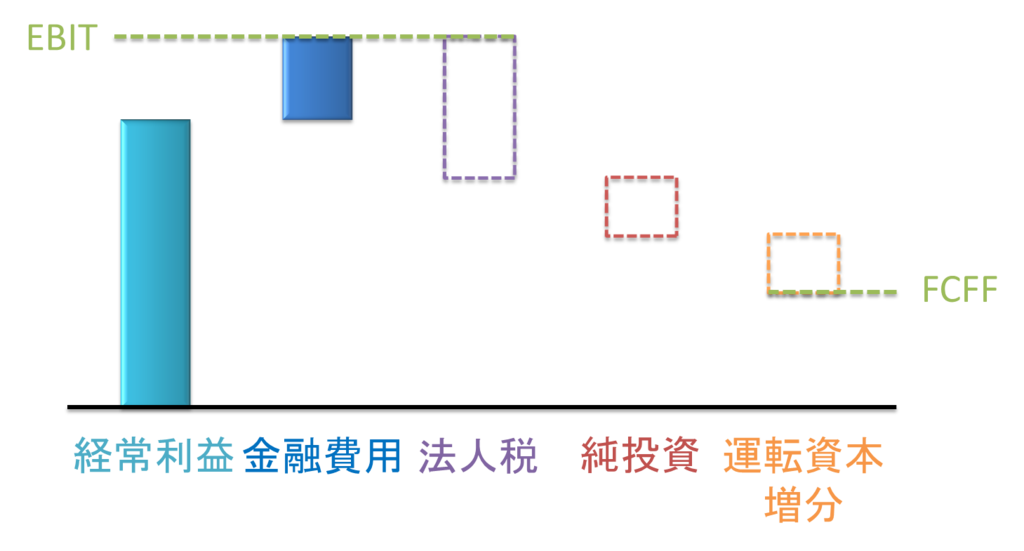

Instead, shareholders are essentially footing the bill to compensate employees inside the company. A company can issue shares to pay its employees as bonus compensation, and this does not come out of cash from the business. Stock based compensation expense is similar but different. Non-cash “expense”: Stock-Based Compensation The reason for this spreading out, or depreciation, is so the impact of a large investment doesn’t mis-represent the true earning power of a business. But from the income statement side, that cash outlay is spread as an expense over many years rather than just one. In the years to follow, there might be little in cash outlays for that plant. Its goal is to smooth out large capital investments in the income statement.Ī company may very well have to burn significant cash flow in a given year to build a factory, for example. Remember that Depreciation expense is an accounting measurement. It is because these expenses don’t represent literal cash coming from a business. There’s a very good reason that non-cash expenses like Depreciation and Amortization, and Stock Based Compensation, are added to Net Income to create Cash Flow from Operations. This version of FCF should also be recognized as FCFE (free cash flow to equity), and is often simplified to:įCFE = Cash Flow From Operations – Capital Expenditures You can see that stock based compensation is added to cash flow from operations, and because some analysts compute FCF using the cash flow from operations, it shows up as an addition to FCF. Here’s an example from Oracle’s annual report: The fastest and simplest way to find stock based compensation expense for a company is in its cash flow statement, under the Cash from Operations section. What is Stock Based Compensation Expense?įirst, we have to know that SBC is not something we can just ignore just because it is a “non-cash expense.” It should provide better clarity towards how you see company valuations. Hopefully after reading this post you will learn the exact ins-and-outs of stock based compensation. Average Stock Based Compensation Percentage by Industry.Why You Should NOT Add Stock Based Compensation back to FCF.How is SBC Calculated in a Company’s Financials?.

What is Stock Based Compensation Expense?.Let’s try and make this as simple as possible. The impact of SBC to the long term cash flow of a business may become increasingly important over time. We should understand this impact if we want to make good long term investments.Īnd, seemingly more and more technology companies are looking to attract top talent through stock options such as RSUs. Over the long term, the real SBC expense impact to FCF makes a big difference to compounding.


 0 kommentar(er)
0 kommentar(er)
